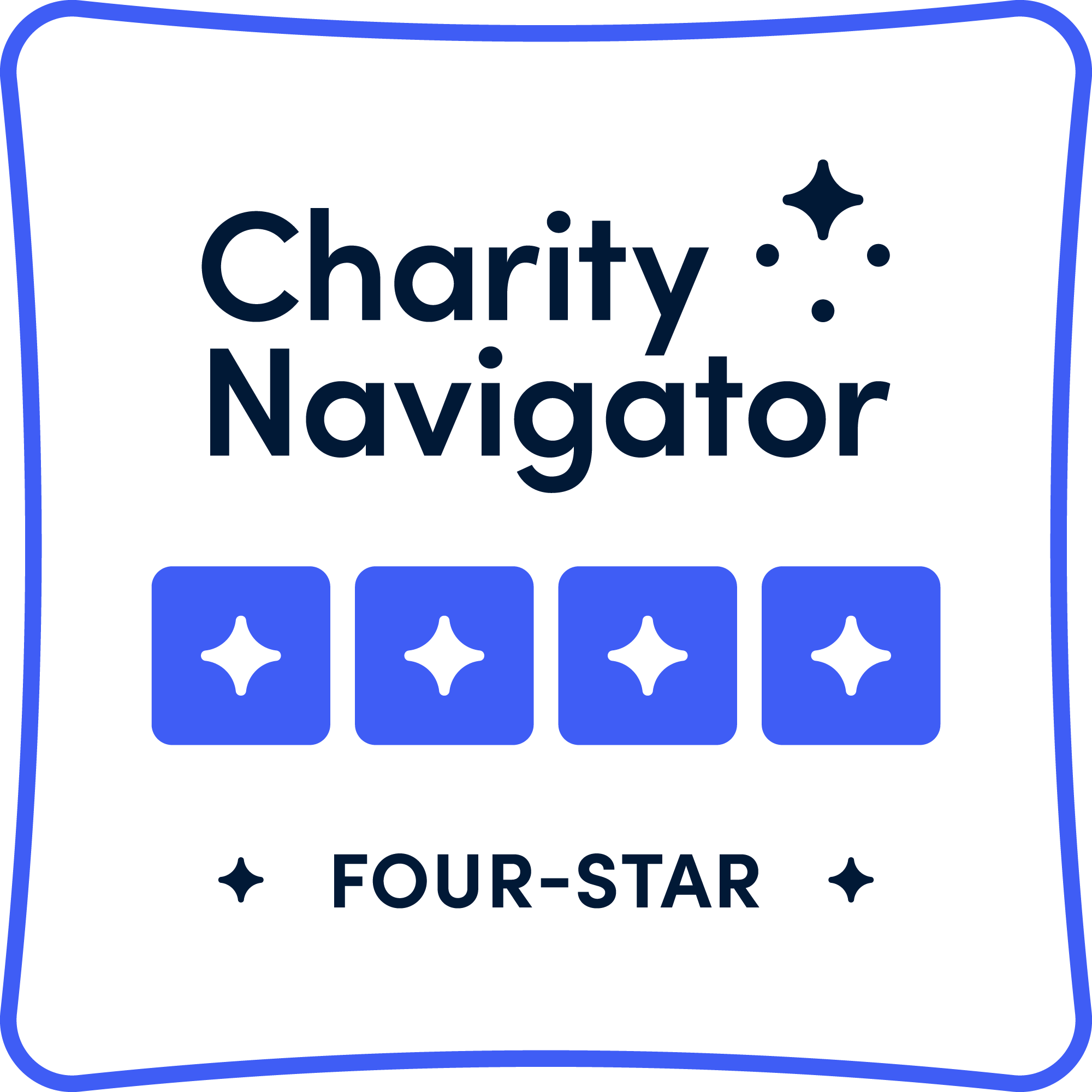Active banners: 2 Visible banners: 2
Banner ID: 4 Has content: true
Let's create continuous conversations about climate change education: Spreading the Sediment of Science!
Banner ID: 15 Has content: true
Share your ideas and earn a $20 gift card! 💬 Learn More
Observing Our Natural World
Provided by: Ten Strands
Lesson Plans
K
Synopsis
- This 7-lesson Seeds to Solutions unit from Ten Strands engages students in reading stories, exploration and observation of their school environment, and understanding how humans and other living things are impacted by environmental factors.
- Students will learn the difference between observation and exploration, understand how the environment influences how they feel, discuss how weather can change their environment, evaluate the ways different weather can help or harm plants, and collaborate to find ways to improve their school environment.
- This unit sets students up with foundational knowledge for talking about subjects like climate adaptation, human impacts on Earth's systems, and the importance of the environment for mental health.
- Each lesson will take roughly two 30-minute class sessions, apart from Lesson 6, which is one 40-minute session, and Lesson 7, which is two 45-minute sessions.

Subjects: Science, English Language Arts
Authors: Seeds to Solutions, Ten Strands
Region: Global
Languages: English
Teaching Materials
Positives
- The teacher modeling utilized in this lesson is a great scaffold to help students understand and engage.
- This unit emphasizes the importance of honoring students' ideas, giving them a sense of ownership and empowerment in their learning.
Prerequisites
- Teachers will need the story books Wonder Walkers, The Listening Walk, Come On, Rain!, and The Tiny Seed.
- Students should be familiar with the five senses, basic shapes, and colors.
Differentiation & Implementation
- The lessons have excellent suggestions for making learning equitable for all students by adapting activities or highlighting alternative perspectives, located in the text box to the right of the lesson steps.
- During the session on plant needs, teachers can tap into students' funds of knowledge by asking if anyone has plants at home or in their life, such as house plants, a garden, or a farm. Teachers can ask students what they have observed when plants get too much or too little of something, such as water or sunlight.
- Depending on the project selected by students and the required curriculum, teachers can build time for working on the project by using the chosen project to guide standards-based instruction. For example, teachers can support the project of moving objects on the playground by describing the size of the object and the area it will need to be moved to in kindergarten-appropriate measurement terms. The project of planting more greenery can support writing standards by having students use a combination of pictures and words to inform others how to plant and care for seeds.
Scientist Notes
Teaching Tips
Standards
Resource Type and Format
All resources can be used for your educational purposes with proper attribution to the content provider.
Teaching Materials
Educator Support
My Account



